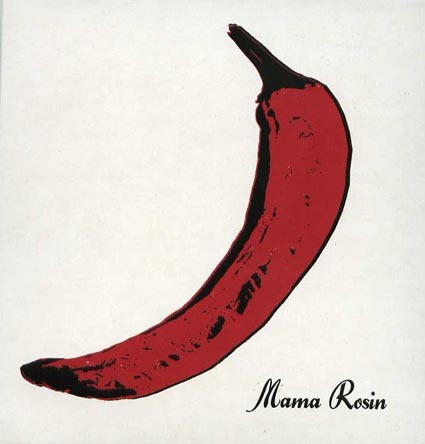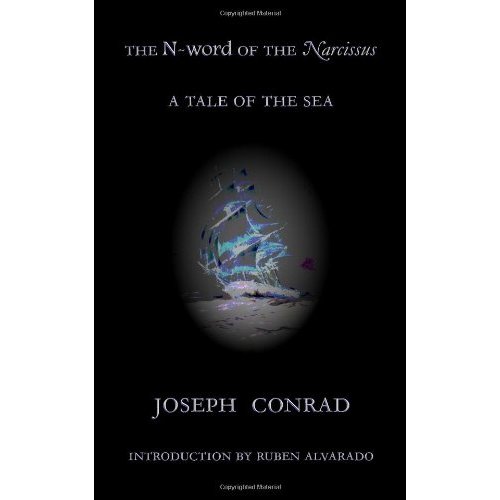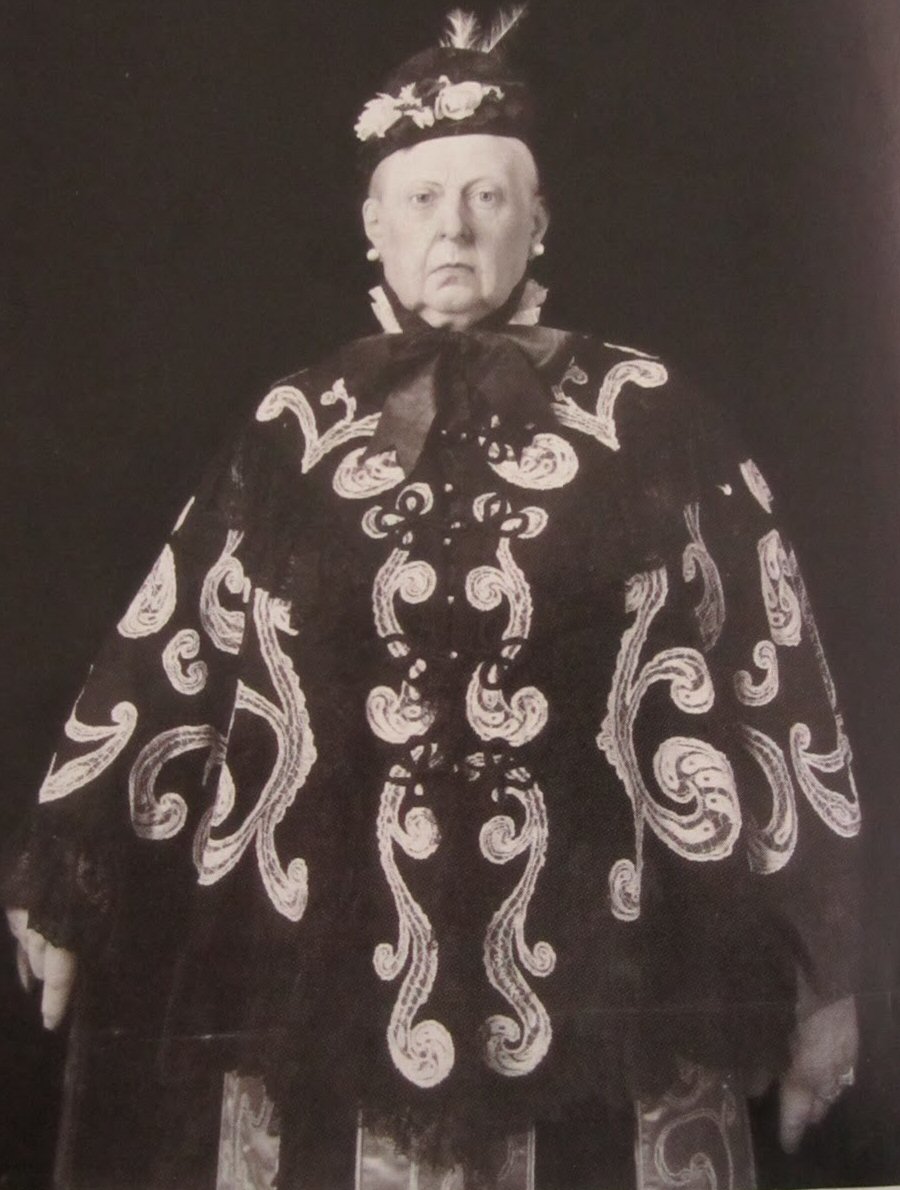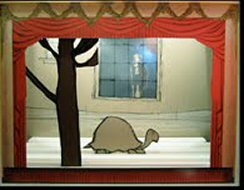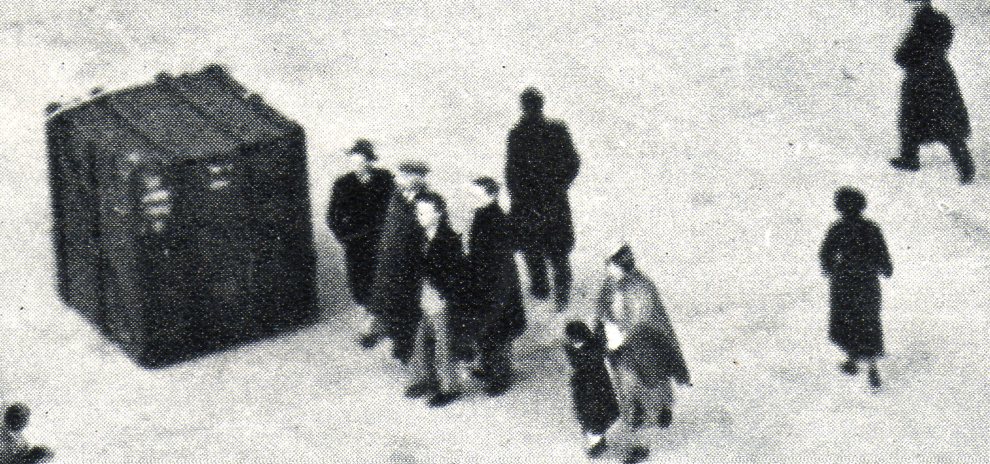“Ducks are a very important part of the Mama Rosin story,” Girod explains. “We have a boat on the lake which we use for birdwatching trips and that is how we became known in Geneva as the Frères Souchet (the name translates as “Wild Duck Brothers”). Also because Cyril sounds a bit like a duck when he sings.”
Monthly Archives: January 2011
Gumshoe’s Mortar, Mobster’s Pestle
Kitchencraft in the milieu of Prohibition-era gangland is a neglected topic, so we must be grateful to Hoagy Velikovsky, Pipsqueak Professor of Organised Crime and Kitchencraft at the University of Slop, for his thumping great tome Gumshoe’s Mortar, Mobster’s Pestle, recently reissued with corrections. This is film noir territory, and the Prof demonstrates convincingly that the mortars and pestles of gumshoes and mobsters were invariably black, or white, or shades of grey, and that both mortars and pestles, being solid objects, cast shadows which, in this context, could often be eerie and even expressionist. Indeed, his opening chapter is devoted entirely to kitchen shadows. In some cases, a gumshoe is lurking in a kitchen shadow waiting to put the heat on a mobster. In others, a mobster hides in kitchen shadow preparatory to socking a gumshoe with a blackjack. There are even occasions when the kitchen shadows are empty, concealing nothing, for both gumshoe and mobster are absent. Velikovsky is very good at evoking the suspense inherent in an unattended mortar and pestle, resting on a kitchen table or countertop. We know something is due to be crushed and ground, but we do not yet know what manner of thing it might be. We know, too, that at some point both the gumshoe and the mobster will enter the kitchen, separately or together, and flit between light and shadow, armed perhaps not only with their roscoes but, fresh from grocery shopping, with a bag of caraway seeds or arrowroot biscuits ready to be crushed. The gumshoe will almost certainly have patronised a legal grocery, whereas the mobster will have made his purchases on the black market. It is a pity that the Prof does not spend more time discussing contraband caraway seeds and illegal arrowroot biscuits, for this would be fertile ground. He does have a few paragraphs, however, on the near-identical brown paper bags in which both seeds and biscuits would be ferried from grocery or black market to the shadowy kitchen wherein the mortar and the pestle await, inert and inanimate yet somehow throbbing with potential violence, just as the gumshoe and the mobster themselves, violent men by necessity, so throb. Velikovsky reflects, too, on the mutual dependence, the duality, of gumshoe and mobster and mortar and pestle. The one cannot have any meaningful existence without the other. In a passage of sparkling prose which I am sure will find its way into many an anthology of kitchencraft writing, he posits a second, or dual, duality, that of gumshoe and mortar and mobster and pestle. Curiously, he does not extend this conceit to the further combination of mobster and mortar and gumshoe and pestle. I suspect his failure to do so is due to deep and intractable psychological horrors the like of which frighten the horses. Horses, so essential to the western genre, are almost entirely absent from the film noir world. Yet in terms of kitchencraft, there are many parallels, and we are as likely to come upon mortars and pestles in a tumbledown Wild West shack’s kitchen, outside which a horse is tied to a post, as we are along the mean film noir streets down which a man must go in order to make his way to his kitchen. Indeed, without a mortar and pestle, one wonders how the cowboy might crush and grind to a digestible consistency the grainy content of his horse’s nosebag. This is a topic Professor Velikovsky may wish to explore in a forthcoming book.
A Week Late
I ought to have posted this waxen image last week, to mark the changing of the year, but back then, in the past, I had never seen it. It’s a detail from “Time And Death” by Caterina de Julianis (1695-1742), a Neapolitan nun and student of the Sicilian abbot and waxworker Gaetano Giulio Zumbo (1656-1701). More here, though I came across it when reading the section on “Wax” in Marina Warner’s Phantasmagoria : Spirit Visions, Metaphors, And Media Into The Twenty-First Century (2006). Later on in the book I am looking forward to “Ether” and “Ectoplasm” – as, in the latter case, will be many visitors to this website. According to the statistics, more people come stumbling through the rusty iron gates of Hooting Yard in search of ectoplasm than of any other topic – not surprisingly, when we consider Marina Warner’s observation that “the gossip circuits of unofficial knowledge give the mental skyscape of the twenty-first century the wild heterogeneity of the Hellenistic world, as residues from different eras have adhered to form a sticky, bristling deposit. Judaeo-Cabbalistic angels; Gnostic energumens, phantasms and succubi; Neoplatonist daimons; Middle Eastern ghouls and genies; Romantic vampires and revenants; African, Caribbean, and Native American zombies and spectres – all these various spirits and more besides flock and throng the entertainment ether and the world-wide Web”.
Art
As any fule kno, 99.9% of what passes for “art” in this witless age is mere piffle. As a rule of thumb, anything with the Charles Saatchi imprimatur can be safely consigned to the waste chute of history. It is also very probably true that anyone who describes themselves as an “artist” (as opposed to painter, potter, sculptor – emphasising the craft) is actually an idiot. Of course, it is the idiots who are showered with money and kudos.
In a brighter, more sensible world, some of the unknown amateurs tirelessly plying their crafts outwith the public gaze would be our stars. But then, perhaps it is because they are unknown and amateur and ploughing their own lonely furrows that their work is valuable.
All by way of preamble to egging you to delight in Outa_Spaceman’s latest project. Thus far, seven signs in seven days, marvellously enlivening his little south coast bailiwick. Saatchi ought to write him a cheque immediately – ah, but OSM didn’t go to Goldsmiths, and he doesn’t live in Hoxton, and he isn’t a wanker, so he must continue to ply his craft in obscurity. But we can celebrate it.
ADDENDUM : Some readers, seeing the heading “Art”, will have supposed this postage to be devoted to Mr Garfunkel, singer, poet, pedestrian and polymath. But according to his own website, he is known not as “Art”, nor even as “Mr Garfunkel”, but as “The G”.
Inaccurate Almanacke
 This week over at The Dabbler I am afraid I have had to issue a set of corrections and clarifications to Old Key’s Almanacke for 2011. As I point out, the errors in the original were probably due to the wrong kind of ectoplasm on the line, the “line” in this case being an invisible thread strung between the corporeal world and the eldritch realms inhabited by the shade of Old Key himself.
This week over at The Dabbler I am afraid I have had to issue a set of corrections and clarifications to Old Key’s Almanacke for 2011. As I point out, the errors in the original were probably due to the wrong kind of ectoplasm on the line, the “line” in this case being an invisible thread strung between the corporeal world and the eldritch realms inhabited by the shade of Old Key himself.
The mysterious prognosticator can, however, already claim a triumph of foresight in the first week of the year. Old Key noted that birds fall out of the sky when petulant Ozymandias, King of Kings, gets one of his temper tantrums, and what do we find? In Arkansas, blackbirds have plummeted from the blue, while flocks of jackdaws have crashed to earth in Sweden.
Words Fail Me
A new edition of a Conrad classic, available here. Words fail me.
Tea
Now we have Christopher Hitchens in Slate telling us how to make a cup of tea, I look forward to the next instalment. John Pilger, perhaps, with instructions on how to boil an egg? No doubt the Pilge will explain that egg-boiling is an act of Zionist imperialist aggression, to be resisted at all costs by hard-hitting ill-argued whingeing, with a goodly dollop of manipulative sentimentality.
Hitchens’ piece is splendid, and has the added benefit of quoting Yoko Ono. She may, as he points out, be talking drivel, but every syllable that drops from her lips is to be treasured, as you well know, innit?
God Save The Queen
We must thank ZMKC for cutting out of a 2001 issue of the New Yorker this absolutely splendid photograph of Queen Victoria. I suspect that the Queen was channelling Madame Blavatsky, presenting herself as a mystic seer. Such garb should set an example to the royal personages of today.
Monkey-Annoyance Expert
As one of the world’s leading monkey-annoyance experts, I am regularly pressed by people to give handy hints on ways to annoy monkeys. For example, I might be leaning against a mantelpiece at a sophisticated cocktail party and be importuned by a sophisticated cocktail partygoer demanding to be told how he or she might best annoy a monkey. Invariably, I reply that I do not actually spend my time devising ways to annoy monkeys as a hobby or pastime, but that I am in fact a serious and dedicated scientist whose object of study is the neurological complexity of the monkey brain. No matter how sophisticated they are, my interlocutors are always disappointed to hear this, and move off across the drawing-room to strike up a new cocktail party conversation with somebody more amusing than me.
Personally, I can think of few activities more foolish than to deliberately annoy a monkey. When, for example, I shut a monkey in a room with a flying squirrel, I do so in the interests of science, not because it gives me a big belly laugh to watch how annoyed the monkey becomes. In any case, I am too busy keeping an eye on my monkey brain-scan monitors and other precision gubbins even to crack a smile. Now and then, it is true, one of my research assistants might chuckle at the monkey’s annoyance, but when that happens I punch the assistant on the jaw and transfer them to janitorial mopping duties for a week. They soon learn.
I recall first becoming fascinated by annoyed monkeys when I was a small child. My parents kept a pet monkey named Harrison, and it often became annoyed. Now I realise its annoyance was due to the presence of my parents’ other pet, a flying squirrel named Birtwistle. It took many long years of gruelling study for me to discover this. After all, Harrison might have been annoyed by many other things, such as my father’s habit of tapping his pipe on railings, or my mother’s staple gun, or my sister’s frosty icing palaver, especially on Sundays. These things annoyed me, so why should they not annoy the monkey? Only after enrolling in a baccalaureate in monkey annoyance at a large and important seat of learning did it begin, slowly, to dawn on me that Birtwistle the flying squirrel could be the primary cause of Harrison the monkey’s annoyance. By the time my studies were complete, and I published my world-shuddering paper on monkey annoyance, both the pets were dead, as were my parents. My sister, meanwhile, had run off to an ashram with a yogi.
I have since published several other papers, equally brilliant, on further monkey annoyances. Now I am ready to go beyond annoyance to rage, and am investigating advanced methods of enraging monkeys. So if you should encounter me at a sophisticated cocktail party, oh do not ask “What is it?” let us go and make our visit to the enraged monkey lab, where you can see for yourself how tirelessly I probe the inner workings of the monkey brain, and your brain too, if your brain resembles that of a monkey, which it probably does, judging by the people I meet at the sophisticated cocktail parties to which I am invited.
Now off you go and read the Christian Science Monitor.
(Thanks to Glyn Webster for alerting me to this important news item.)
Dogs & Frogs & Toad-Like Creatures
[Feb. 2, 1895.] I venture to send you the following story I have lately heard from an eye-witness, and to ask whether you or any of your readers can throw any light upon the dog’s probable object. The dog in question was a Scotch terrier. He was one day observed to appear from a corner of the garden carrying in his mouth, very gently and tenderly, a live frog. He proceeded to lay the frog down upon a flower-bed, and at once began to dig a hole in the earth, keeping one eye upon the frog to see that it did not escape. If it went more than a few feet from him, he fetched it back, and then continued his work. Having dug the hole a certain depth, he then laid the frog, still alive, at the bottom of it, and promptly scratched the loose earth back into the hole, and friend froggy was buried alive! The dog then went off to the corner of the garden, and returned with another frog, which he treated in the same way. This occurred on more than one occasion; in fact, as often as he could find frogs he occupied himself in burying them alive. Now dogs generally have some reason for what they do. What can have been a dog’s reason for burying frogs alive? It does not appear that he ever dug them up again to provide himself with a meal. If, sir, you or any of your readers can throw any light on this curious, and for the frogs most uncomfortable, behaviour of my friend’s Scotch terrier, I should be very much obliged. – R. Acland-Troyte.
[Feb. 9, 1895.] I think I can explain the puzzle of the Scotch terrier and his interment of the frogs, for the satisfaction of your correspondent. A friend of mine had once a retriever who was stung by a bee, and ever afterwards, when the dog found a bee near the ground, she stamped on it, and then scraped earth over it and buried it effectually -presumably to put an end to the danger of further stings. In like manner, another dog having bitten a toad, showed every sign of having found the mouthful to the last degree unpleasant. Probably Mr. Acland-Troyte’s dog had, in the same way, bitten a toad, and conceived henceforth that he rendered public service by putting every toad-like creature he saw carefully and gingerly “out of harm’s way,” underground. – Frances Power Cobbe.
From Dog Stories From The Spectator : Being Anecdotes Of The Intelligence, Reasoning Power, Affection And Sympathy Of Dogs, Selected From The Correspondence Columns Of The Spectator by J St Loe Strachey (1895)
Theatrical Triumph
We do not pay much attention to the theatrical world here at Hooting Yard, unless, that is, we have tidings to report from the Bodger’s Spinney Variety Theatre. But every so often, a dramatic production so stupendous comes along that we can but gasp in awe and admiration.
Such a theatrical triumph is Entries From Reverend Gilbert White’s Diary In December, performed by Miss Hathorn’s Little Paper Theatre at Mustard Plaster. If there was a smidgen of sense in the world, this would transfer to the West End and pack in the punters and be showered with awards.
Readers are reminded that the Hooting Yard Christmas Special for 2009, devoted to Mrs Snooke’s tortoise Timothy (pictured above), can still be listened to here.
The Mysterious Crate
This intriguing snapshot was taken exactly one hundred tears ago today in the Big Hangar At Pointy Town, a big hangar in Pointy Town. We can see a number of people, now all dead, standing or milling about, and, with a single exception, not one of them is paying attention to the large and mysterious crate. The group slap bang next to the crate is peering past it, at something else, we know not what. Others are seen walking past, as if oblivious. In the foreground, however, we see a diminutive figure, possibly a curious infant, who seems to want to move towards the crate but is being bustled away by its guardian or governess, dressed in hood and cape.
Can it be that the tiny one, alone of those in the hangar, knew what the crate contained, was attracted to it by invisible forces the nature of which must remain to us as mysterious as the crate itself? Some say this snap is the sole evidence of the arrival in Pointy Town of the Grunty Man. For it is thought that, with uncharacteristic cunning, he had himself concealed in the crate and shipped across the mighty oceans, from the pestilential land that spawned him to the fair shores of our own continent!
If this is so, we are compelled to ask – who was that infant? And what became of them? Answers on a postcard, please.
(Snap spotted at Ptak Science Books)

